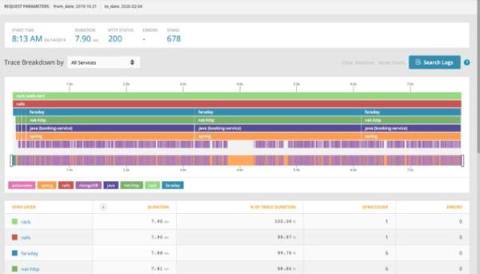What Is Network Optimization?
A fast, dependable, and efficient network is critical for business success in today’s connected world. Network optimization is a vital component of network management that can assist organizations in improving network performance, lowering costs, increasing security, and improving user experience. Network optimization is more important than ever with the growing demand for high-speed connectivity and real-time data processing.









